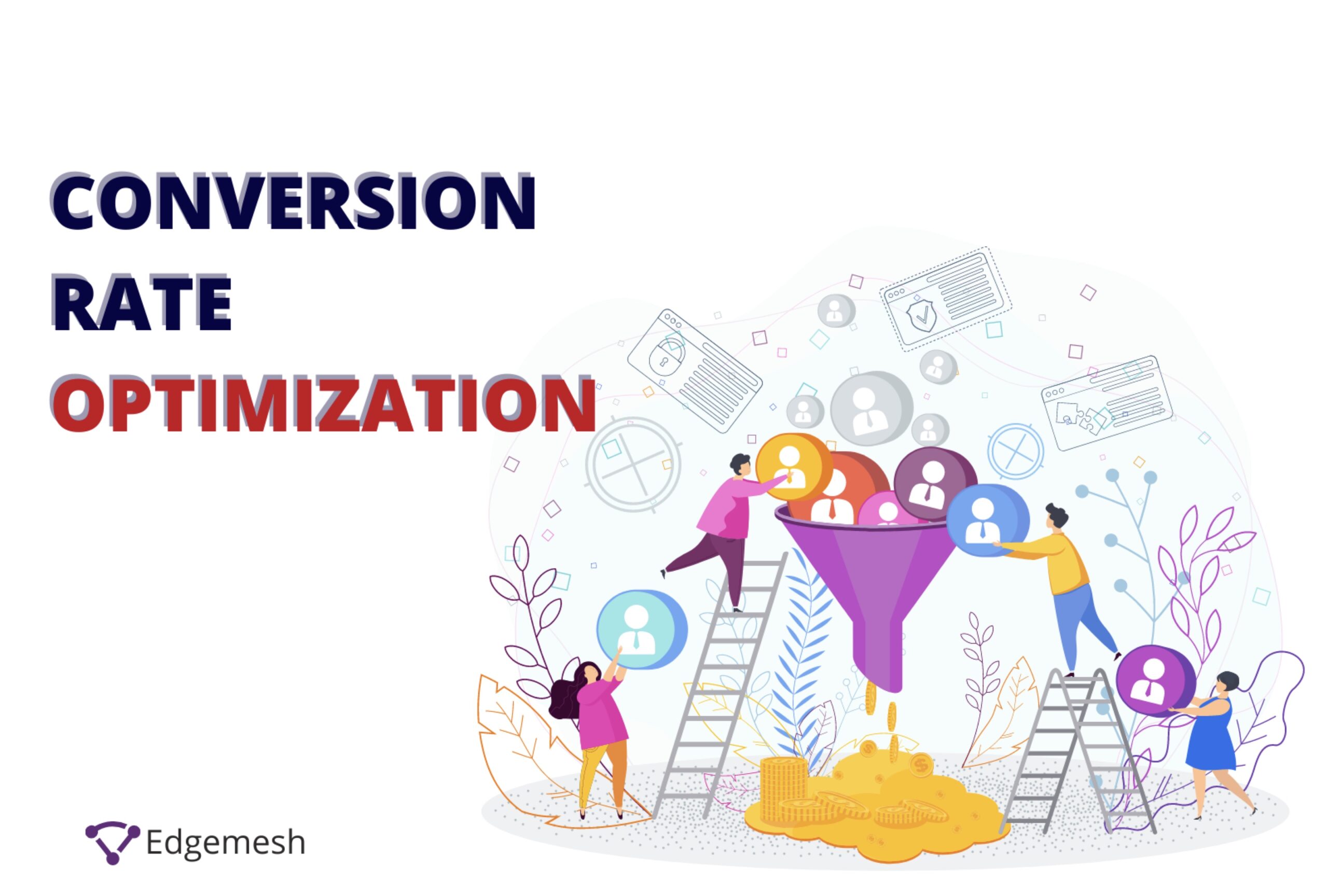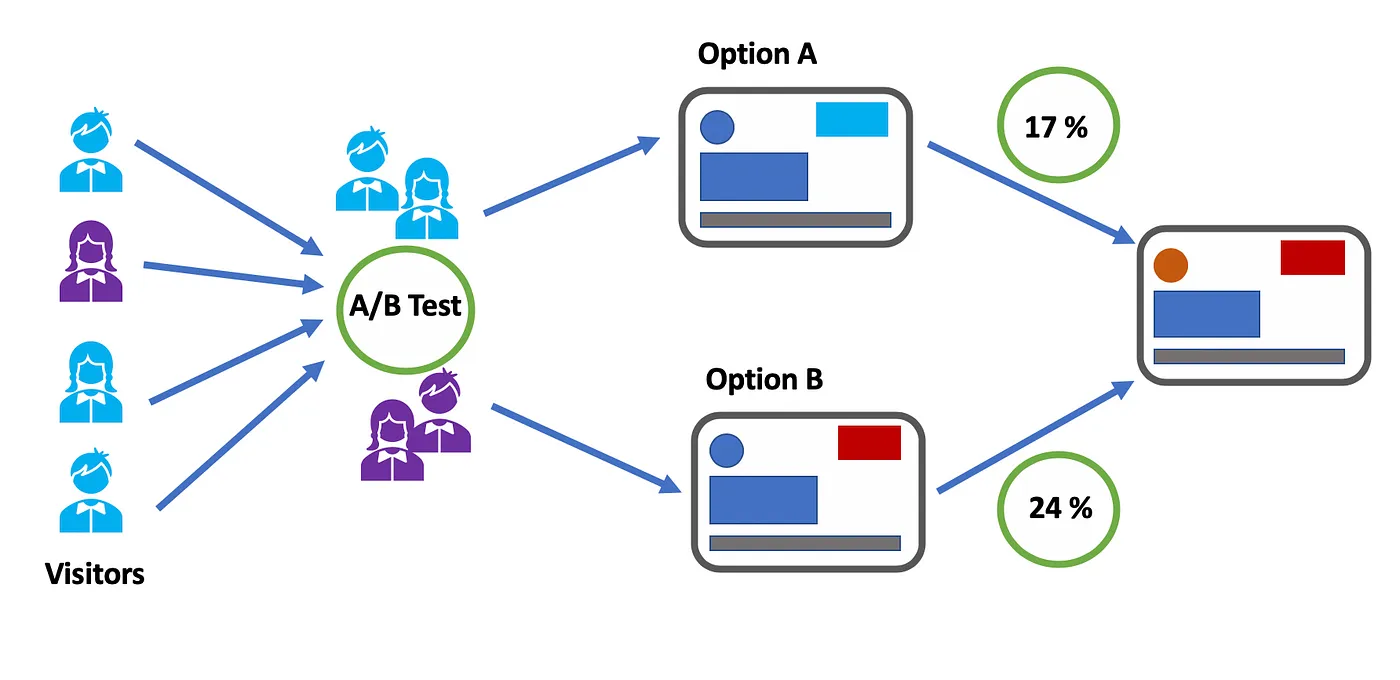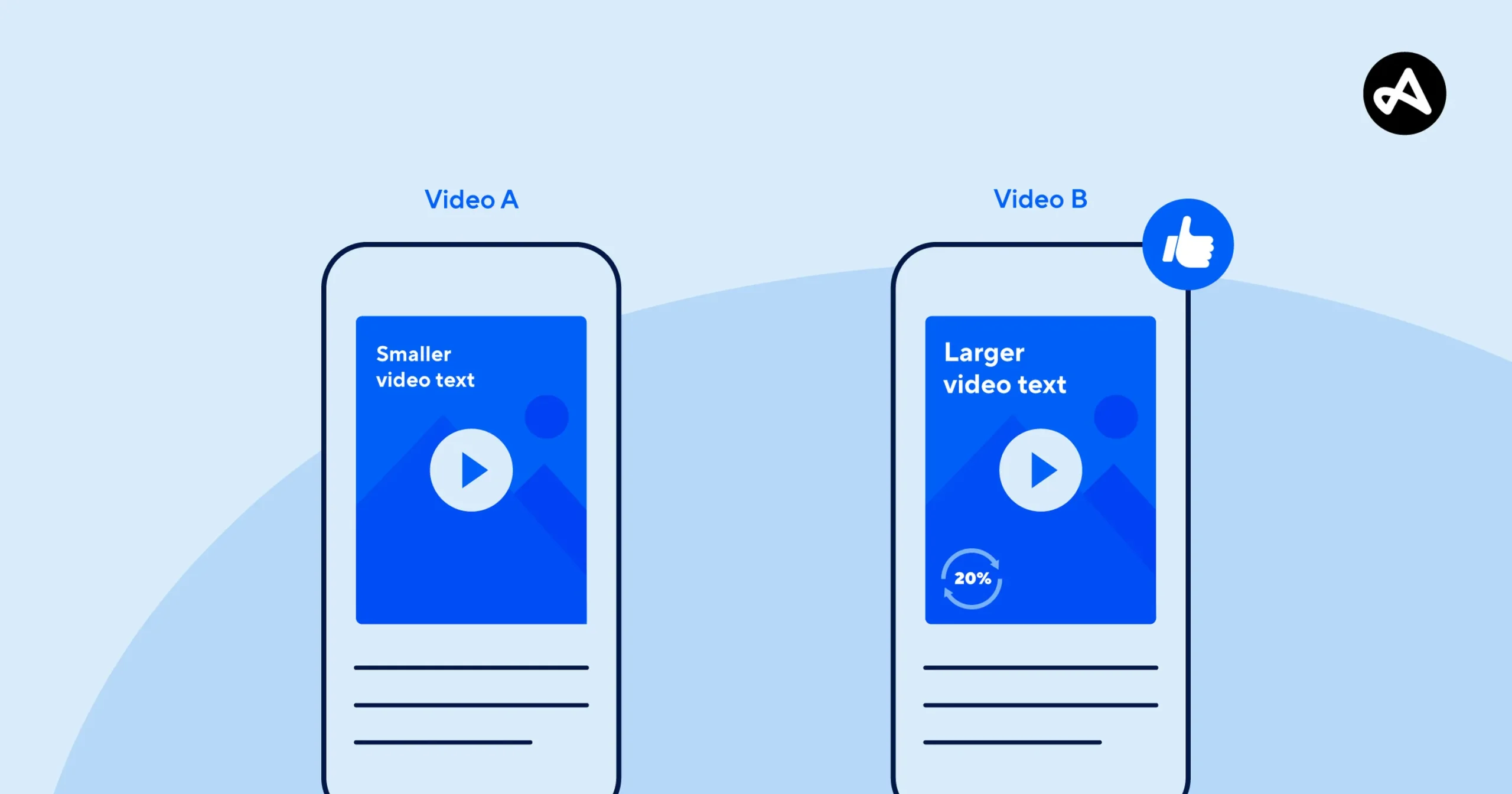In today’s competitive digital landscape, turning website visitors into loyal customers is more crucial than ever. Mastering conversion rate optimization (CRO) can be the key to unlocking significant business growth, and one of the most powerful tools in this process is A/B testing. By systematically experimenting with different versions of your web pages, you can discover what truly resonates with your audience, boost engagement, and dramatically increase your conversion rates. In this blog post, we’ll dive into the fundamentals of CRO, explore how A/B testing works, and share actionable strategies to help you optimize your website’s performance and drive sustainable growth for your business.
1. Understanding Conversion Rate Optimization (CRO)
Conversion Rate Optimization (CRO) is a strategic process aimed at increasing the percentage of website visitors who complete a desired action, whether that’s making a purchase, signing up for a newsletter, or filling out a contact form. At its core, CRO focuses on understanding user behavior and optimizing website elements to create a seamless and compelling experience that encourages conversions. Unlike traditional marketing tactics that often rely on driving more traffic to a site, CRO ensures you get the most value from the visitors you already have. This involves analyzing data, testing different design and content variations, and making informed changes to improve key performance indicators. By mastering CRO, businesses can not only boost their sales and leads but also enhance overall customer satisfaction, making it a vital component of sustainable growth in today’s competitive digital landscape.

2. The Basics of A/B Testing: How It Works
A/B testing is a fundamental technique in conversion rate optimization that allows businesses to make data-driven decisions by comparing two versions of a webpage or element to determine which one performs better. The process is straightforward yet powerful: you create two variants — Version A (the control) and Version B (the variant) — differing by a single element, such as a headline, call-to-action button, or layout. Visitors to your website are randomly split into two groups, with each group exposed to one of the versions. By monitoring how each group interacts with the page, whether through clicks, sign-ups, purchases, or other key actions, you can identify which version delivers higher engagement or conversions. This method removes the guesswork from optimization, enabling continuous improvement based on real user behavior rather than assumptions. Over time, iterative A/B testing helps refine your website elements, ultimately driving higher conversion rates and sustainable business growth.
3. Identifying Key Elements to Test on Your Website
When it comes to mastering conversion rate optimization (CRO), identifying the key elements to test on your website is crucial. Not every element impacts your conversion rates equally, so focusing on the right components can lead to significant improvements. Start by analyzing your website’s user journey to pinpoint potential bottlenecks or drop-off points. Common elements to consider include headlines, call-to-action (CTA) buttons, images, and overall page layout. Headlines are often the first thing visitors see and can dramatically influence whether they stay or leave. Testing different wording, font sizes, or colors can make a big difference. Similarly, CTAs are critical in guiding users toward conversion, so experimenting with their placement, size, color, and text can uncover what resonates best with your audience. Additionally, images and videos can affect engagement—testing various visuals helps determine which ones better capture attention and encourage action. Don’t overlook page layout and navigation; simplifying or rearranging elements might reduce friction and make it easier for visitors to complete desired actions. By systematically testing these key elements, you can gather valuable data-driven insights that empower you to optimize your website effectively and boost your business growth.
4. Designing Effective A/B Tests for Maximum Impact
Designing effective A/B tests is a critical step in unlocking the full potential of conversion rate optimization. To maximize impact, it’s essential to start with a clear hypothesis — identify a specific element on your website or app that you believe, when changed, will improve user engagement or conversion rates. Whether it’s a headline, call-to-action button, layout, or color scheme, focusing on one variable at a time helps isolate the effect of that change. Next, ensure your test has a sufficiently large and representative sample size to yield statistically significant results; running tests too briefly or on too few users can lead to misleading conclusions. It’s also important to maintain consistent testing conditions by splitting traffic randomly and evenly between the control and variant groups. Additionally, consider the user journey holistically — sometimes subtle changes in one area can have ripple effects elsewhere, so track multiple metrics to get a comprehensive view of performance. Finally, document your findings clearly and be prepared to iterate. Even when a test doesn’t produce the expected uplift, it can offer valuable insights that inform future experiments. By thoughtfully designing your A/B tests with these principles in mind, you’ll be well-equipped to make data-driven decisions that drive meaningful business growth.
5. Analyzing Results and Making Data-Driven Decisions
Once you have collected sufficient data from your A/B tests, the next critical step is analyzing the results to make informed, data-driven decisions. Start by comparing key performance indicators (KPIs) such as conversion rates, click-through rates, bounce rates, and average order values between your control and variant groups. Use statistical significance tools to ensure that the observed differences are not due to chance but represent real user behavior changes. Pay close attention not only to the overall conversion rate but also to customer segments and user journeys, as certain variations may perform better with specific audience groups. By interpreting these insights carefully, you can identify which changes positively impact your business goals and which ones may require further testing or refinement. This analytical approach empowers you to optimize your website effectively, reduce guesswork, and continually enhance user experience, ultimately unlocking sustainable business growth through smarter, evidence-based strategies.
6. Best Practices and Common Pitfalls in CRO and A/B Testing
When it comes to mastering Conversion Rate Optimization (CRO), understanding best practices and being aware of common pitfalls in A/B testing is crucial for unlocking meaningful business growth. One of the best practices is to start with a clear hypothesis based on data and user insights rather than assumptions. This ensures that tests are purposeful and targeted towards genuine areas of improvement. Additionally, it’s important to test one variable at a time—whether it’s a headline, call-to-action button, or page layout—to accurately measure its impact without confounding results. Setting a statistically significant sample size before concluding a test also helps avoid misguided decisions based on incomplete data.
On the flip side, common pitfalls can undermine your CRO efforts if not carefully managed. Running tests without sufficient traffic can lead to inconclusive or misleading results, wasting time and resources. Another mistake is stopping tests too early once results seem promising; this can lead to premature conclusions before reaching statistical significance. Ignoring mobile users or failing to segment your audience can also skew results, as different user groups may respond differently to changes. Lastly, neglecting to document and analyze test outcomes thoroughly may cause teams to repeat past mistakes or miss out on valuable learnings that could inform future optimizations. By adhering to these best practices and avoiding common pitfalls, businesses can harness the full power of A/B testing to drive continuous conversion improvements and sustained growth.
7. Integrating A/B Testing into Your Overall Marketing Strategy
Integrating A/B testing into your overall marketing strategy is essential for driving meaningful business growth and maximizing the effectiveness of your campaigns. Rather than viewing A/B testing as a standalone tactic, it should be seamlessly woven into every stage of your marketing efforts—from website design and email campaigns to paid ads and content marketing. By systematically testing different elements such as headlines, call-to-action buttons, images, or page layouts, you gather valuable data on what resonates best with your audience. This data-driven approach allows you to make informed decisions that optimize user experience, increase engagement, and ultimately boost conversion rates. Moreover, integrating A/B testing into your strategy promotes a culture of continuous improvement, where hypotheses are tested regularly and insights are used to refine and enhance your marketing initiatives. When aligned with your broader business goals, A/B testing becomes a powerful tool that not only improves individual campaigns but also strengthens your overall marketing performance and drives sustained growth.
8. Leveraging A/B Testing Insights for Long-Term Growth
Leveraging A/B testing insights for long-term growth is a crucial strategy for businesses aiming to continually enhance their digital performance. By systematically testing different variations of your website elements—such as headlines, call-to-action buttons, layouts, or images—you gather valuable data on what resonates best with your audience. However, the true power of A/B testing lies not just in isolated wins but in applying these insights to inform broader marketing strategies and product development. As you accumulate test results over time, patterns emerge that reveal deeper customer preferences and behaviors. These insights enable you to make informed decisions that go beyond surface-level tweaks, driving sustained improvements in user experience and conversion rates. Additionally, integrating A/B testing into your company culture fosters a mindset of experimentation and data-driven decision-making, helping you stay agile in a rapidly evolving market. Ultimately, by consistently leveraging A/B testing insights, your business can unlock scalable growth, enhance customer satisfaction, and maintain a competitive edge in the digital landscape.

If you found this article helpful and need help with your website conversion, contact us for a FREE CRO Audit



